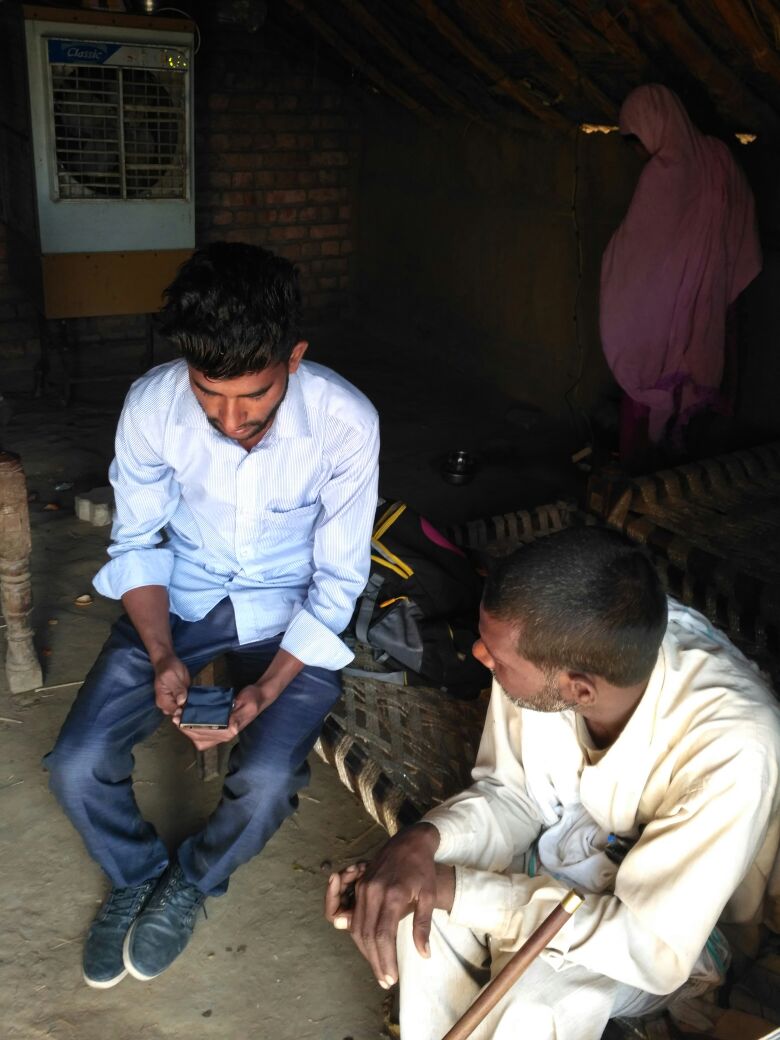Active Treatment Management is a fully-technology linked model (F-TLM) for TB treatment and management using OUT-TB Open and Universal Technology based TB) UT-TB frame work empowers the community health workers and DOTS providers to manage treatment of patients using technology.
Although this framework is lot more dependent on specific technologies used by different community health workers in the area of TB treatment but the larger objective of this framework is to focus on introducing technology at different CHW layers in the TB system such as Volunteers engaged in Active Case Finding, Field Coordinators, Lab Technicians, DOTS Providers and Treatment Supervisors etc. If all these layers start using technology at different, TB treatment will be revolutionized. Some of the examples can be:
-
Usually putting patients to treatment after finding them positive is usually 4-6 days. With this strategy, this can be brought down to 24 hours (1 day).
-
Address verification of patients can be brought down from 3 day to just a few hours.
-
Patient drop-out rate can be reduced down drastically
-
Follow-up cases and transitioning of patient from Phase I to Phase II can be accelerated.
|
Active Treatment Management is based on a modular technology framework. It comprises of 3 integrated modules or components for three different layers of solution structures. The three modules are integrated into a single standalone system from the Open and Universal Technology based TB Framework (OUT-TB) developed by ZMQ
The proposed solution and its components which are part of the larger modular framework will be designed and developed using Open Source Technology. The detailed descriptions of each component are:
The patient based mobile toolkit is a standalone mobile app., which is linked with the other two modules of the solution, namely the DOTS Center MIS and DOTS provider toolkit. The application is loaded on the patient mobile device. The mobile phone number and the device user-agent profile are registered on the DOTS Center MIS. The patients are provided with user name and password to use the features of the device. The patience receives regular alerts from the MIS and DOTS provider for reminder of their dosage plan. The compliance is reported using the toolkit. As reporting of compliance by the clients is the most important parameter that determines the success of the solution and the new strategy. It is a system changing approach to provide toolkits to patients to report compliance and train them to do it on regular basis. The toolkit will provide compliance in three ways:
The toolkit will have other different components to support the treatment plan, provide regular alerts and help in compliance reporting. Some of the features of the toolkit are:
The toolkit will also empower the clients with other tools for better health keeping and informing them about steps they must take to improve their health, like the eating habits, social condition improvement, issues related to working conditions, smoking hazards, MDR-TB and other related issues. This will be a new channel like approach for patients which will also support building community level peer educators in future. The patient toolkit will developed for Java enabled feature phones and Android smart phones. The technology used will be Open Java platform for Java devices and Android SDK, which is an open platform. The proposed solution will be build on scalable PHP/MySQL, Json/XML, JavaScript, Python platform and establishing network connectivity over CDMA and GSM networks with end tools developed rendered using variety of open source mobile technologies like Android, Open Java (Polish Java or J2ME) and BREW and SMS technology.
The key feature of DOTS strategy is monitoring patient for adherence and compliance. Therefore, it is a critical module as far results and improvement in uptake and continuity of treatment is concerned. ZMQ proposes to develop a multi-purpose mobile based toolkit for DOTS providers. The toolkit is developed for Android based Smart phones. The toolkit will be used by health workers or DOTS providers to Track Patients, View patient Compliance reports, Send reminders, Sync input info to DOTS Center System. Also the toolkit will be used for self-training and training of communities. Some of the key components of the module are:
In the new proposed strategy the role of the DOTS provider shifts from continuous direct observation to regular patient compliance tracking with limited observation. The providers intervene for observation only under critical scenarios of non-compliance reporting. Also the providers can use the toolkit to send special alerts to patients who are irregular in reporting compliance of treatment. In extreme low reporting scenarios the provider can setup the client for traditional on site compliance reporting, as per the present DOTS protocol.
DOTS Center Module is the key module for management of Patients, Treatment, Dosage, test records and above all reporting and evaluation. This module has upwards connectivity with Core Central TB Platform (for large infrastructure) and has intra-DOTS center connectivity for patient referrals, and Information exchange with the Lab and Testing center. The center also has linkup with DOTS provider toolkit and Patient toolkit. This platform is setup as an isolated unit for standalone implementation, especially for small and private treatment centers. This module has many components built-in the system, which are:
The module is available as an online open-source platform and is connected with a database which store masters like Center Masters, Patient Master, Treatment masters, DOTS providers master and many relational databases like the Client-Provider RDMS, Treatment and Compliance tables and many other such data structures relevant for the system. The platform can also be used for monitoring both type of patients registered on the platform, namely the patients using Mobile based Active Compliance toolkit and patience being monitored with Standard Direct Observation and Treatment protocol. The reporting and evaluation tool established on the platform will provide with comparative results of both types of compliance reporting (Standard DOTS and Active Patient Compliance). |




